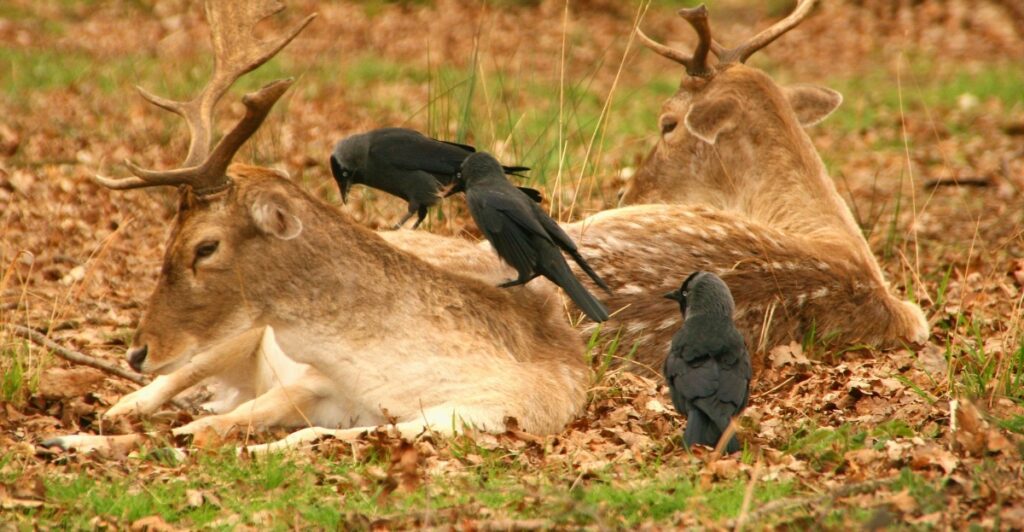
You’ve heard of animals coexisting, but have you seen a deer calmly sitting through a bird’s fur-plucking session? This isn’t grooming—it’s a survival strategy. In a striking example of wildlife symbiosis, jackdaws and sika deer have evolved a mutually beneficial partnership that defies expectations.
The birds strip the deer’s shedding winter coat to build nests, while the deer gain pest control and thermoregulation. But this relationship is more than just convenience—it’s a masterclass in ecological efficiency. From waste recycling to parasite management, their interaction redefines how nature turns challenges into opportunities.
Let’s look at eight surprising ways this duo proves symbiosis can be both practical and poetic. Each insight reveals how even the most unlikely species can forge deep, interwoven ties—not through necessity alone, but through remarkable biological choreography shaped by evolution and the environment over time.
1. A Ripple Through the Ecosystem

The partnership between jackdaws and sika deer doesn’t operate in isolation—it sends ripples through their entire ecosystem. “Healthier deer with fewer parasites contribute to balanced vegetation and predator populations.”
When deer aren’t drained by tick-borne illnesses, they forage more effectively and reproduce at healthier rates, maintaining plant-animal balance. Meanwhile, jackdaws, thriving from protein-rich meals and well-insulated nests, may support other species—birds or insects—that use their abandoned nests or share their habitats.
Even though ticks while troublesome to deer, they become crucial food sources for birds, continuing the cycle of resource exchange. This layered web of dependencies shows how a simple interaction can enhance biodiversity. It’s a counterpoint to ecological silos, where species are viewed in isolation. Instead, it reveals how every relationship, no matter how small, can shape an entire environment.
2. Turning Waste into Wealth

When spring hits and sika deer shed their winter coats, jackdaws see an opportunity hidden in the tufts of discarded fur. They swiftly gather it for nest insulation, using this organic material to cushion and warm their eggs.
It’s a seamless loop of supply and demand that highlights nature’s elegant efficiency. What makes this relationship even more remarkable is that the jackdaws’ nests, lined with this biodegradable, insulating fur, often outperform artificial alternatives like twigs or synthetic fibers.
In essence, it’s a natural zero-waste initiative—no industrial process, no excess, just seasonal byproducts transformed into life-sustaining architecture. This interaction presents a biological equivalent of upcycling, where waste isn’t just minimized—it’s vital to survival, offering a compelling counterpoint to human inefficiencies in material reuse.
3. Tick Buffet: Pest Control, Naturally
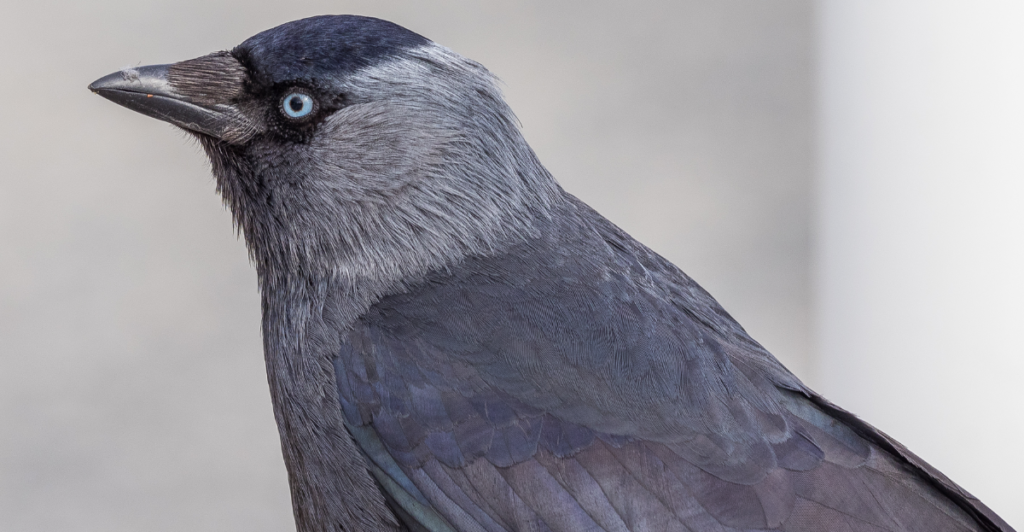
Ticks are no minor nuisance—they’re disease vectors capable of spreading illnesses like Lyme disease, which can severely impact deer populations. In a display of ecological ingenuity, jackdaws don’t just collect fur—they actively forage for ticks embedded in the deer’s coats.
This behavior acts as a biological form of parasite control, eliminating threats before they affect the deer’s immune system. For the birds, ticks offer a protein-rich meal during nesting season, supporting their own reproductive health.
It’s a naturally occurring pest management system that works without chemicals or collateral damage. Unlike human-made solutions like pesticide sprays—which often harm unintended species—this relationship keeps parasite populations in check with no environmental fallout. The result is a clean, efficient, and completely native system for maintaining herd health and ecological balance.
4. Timing is Everything: A Perfect Clockwork
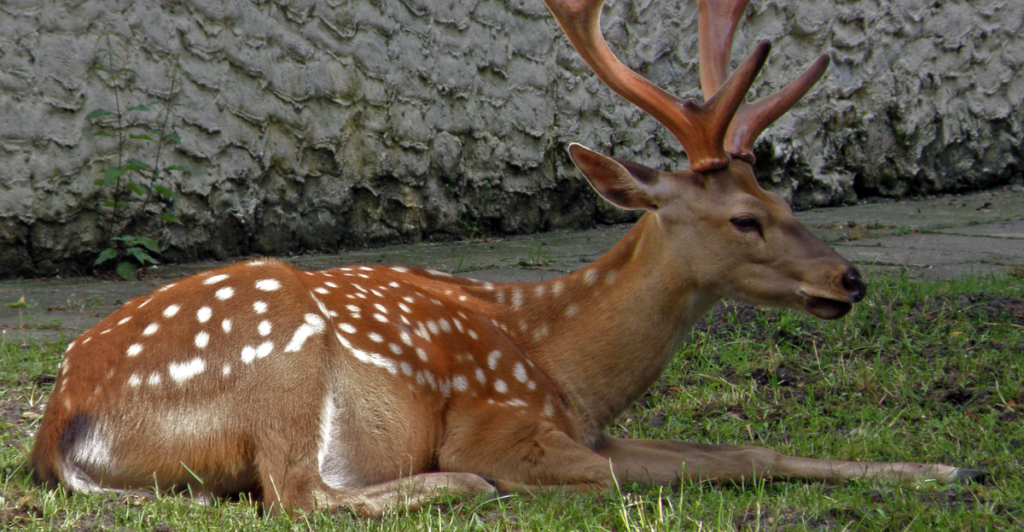
The symbiosis between jackdaws and sika deer isn’t just smart—it’s astonishingly well-timed. “The birds’ need for insulating material peaks when deer no longer require their heavy fur, creating a perfect supply-and-demand dynamic.”
This isn’t a lucky coincidence—it’s a co-evolved synchronization shaped by years of environmental pressure and adaptation. Just as jackdaws begin building their nests, deer shed their dense winter coats, ensuring a reliable annual fur harvest. The result? Neither species needs to store or ration resources—everything is ready when it’s needed.
This timing aligns not only behavior but biology, creating a rhythm of interaction that human systems rarely match. Consider how industries scramble to match supply with demand—yet here, two species separated by class and behavior achieve it instinctively.
5. Regulating Heat the Natural Way
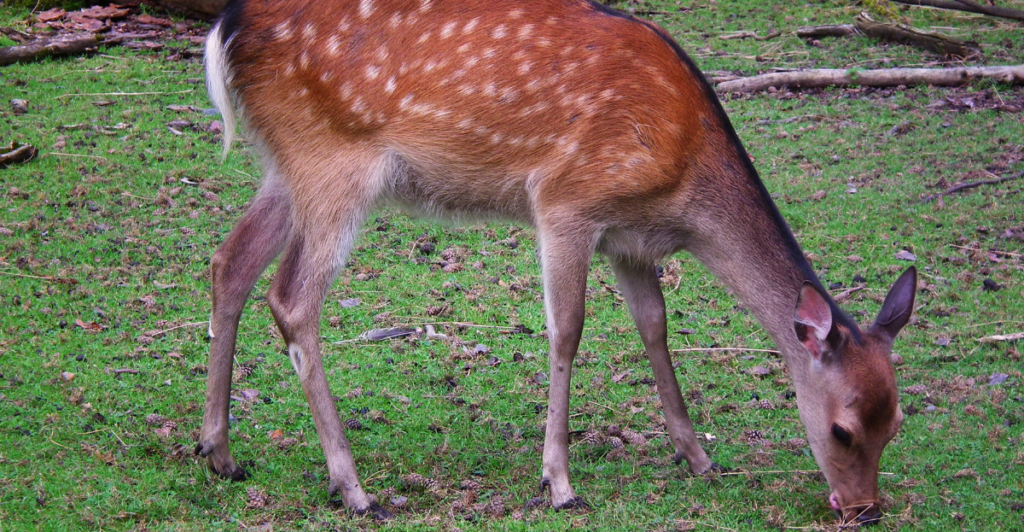
As spring warms the air, a winter coat becomes more burden than a benefit for sika deer. Yet shedding fur isn’t instant, and that’s where jackdaws provide an unexpected edge. “The birds’ gentle plucking accelerates this process, a service deer can’t easily replicate through self-grooming.”
Their activity assists deer in shedding faster, helping regulate body temperature and reducing risks associated with overheating. This gentle, methodical removal not only helps the birds gather nesting material but also enables deer to stay comfortable as the seasons shift. It’s a dual-purpose action—comfort for one, shelter for the other—built on trust and timing.
Unlike traditional grooming, this assistance targets insulation rather than hygiene, showcasing a layer of biological sophistication. It’s not just cooperation—it’s an interspecies strategy to adapt to changing climates.
6. Evolution in Tandem: A Relationship Forged by Time
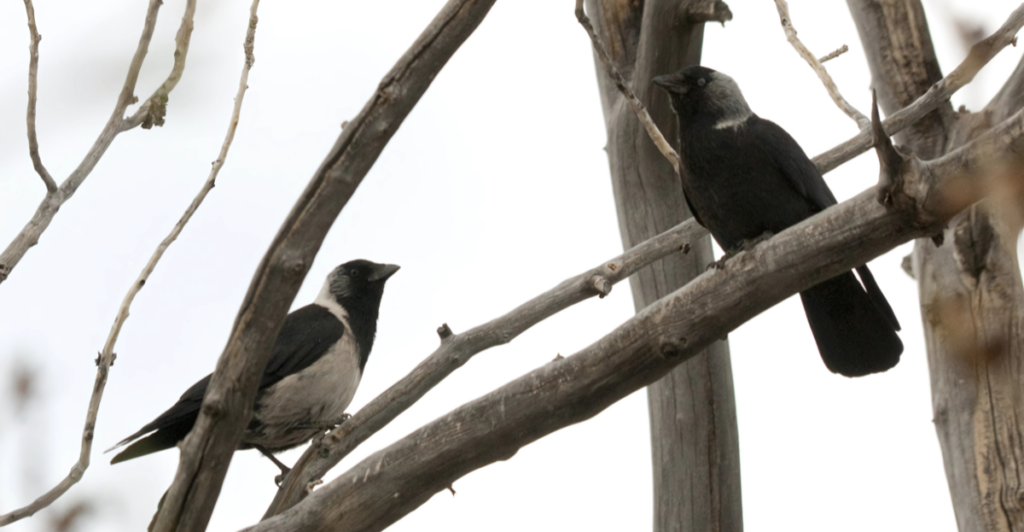
Some relationships are learned; others are written into biology. The link between jackdaws and sika deer is increasingly understood as the latter—shaped over generations of shared space and mutual need. “This relationship isn’t accidental—it’s a result of millennia of co-evolution.” Jackdaws developed the instincts to harvest fur, while deer evolved a calm tolerance to their presence.
What began as opportunistic behavior has matured into behavioral and ecological harmony. These aren’t just two species bumping into each other—they’re co-engineers of a sustainable system. The process mirrors human concepts like iterative design, where trial and error refine relationships over time.
But unlike engineered systems, this one requires no supervision. It self-corrects, adapts, and persists, offering a blueprint for sustainable interaction across boundaries.
7. Trust, Not Tension: Calmness in the Face of Contact
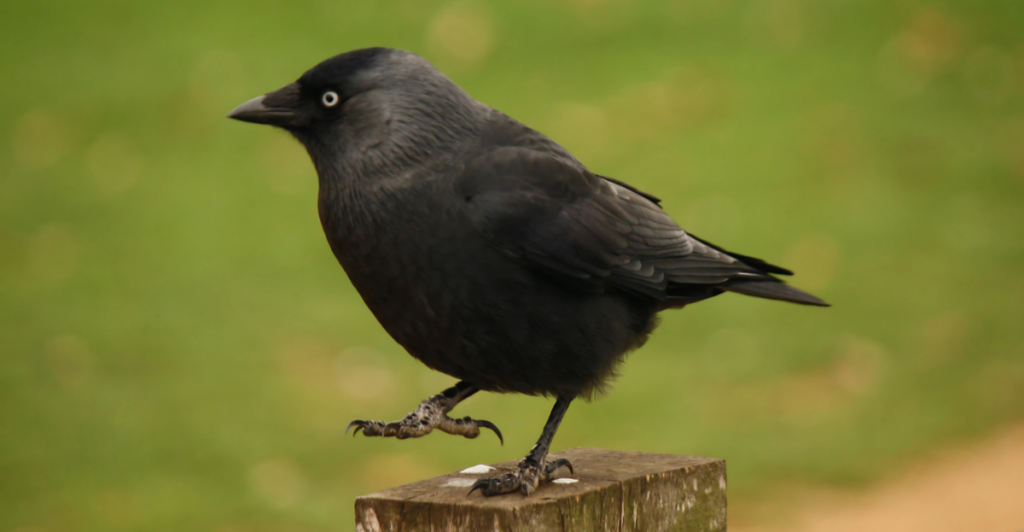
Imagine a bird perching on your head and picking at your hair. For most animals, such contact would trigger alarm—but not for sika deer. The deer have learned that jackdaws don’t harm—they help. Equally, jackdaws avoid aggressive moves to maintain access.
This behavioral détente turns what could be conflict into collaboration. In a world where interspecies interactions often involve chase or competition, their serene cooperation offers a striking alternative. It reflects the power of consistent, non-threatening behavior to reshape instinct.
Such learned trust challenges dominant narratives in ecology that focus on dominance, territoriality, or fear. Instead, it highlights behavioral plasticity—the ability to change responses based on experience—proving that even wild animals can form peaceful routines with unexpected partners.
8. Nature’s Green Design: Fur as Sustainable Architecture
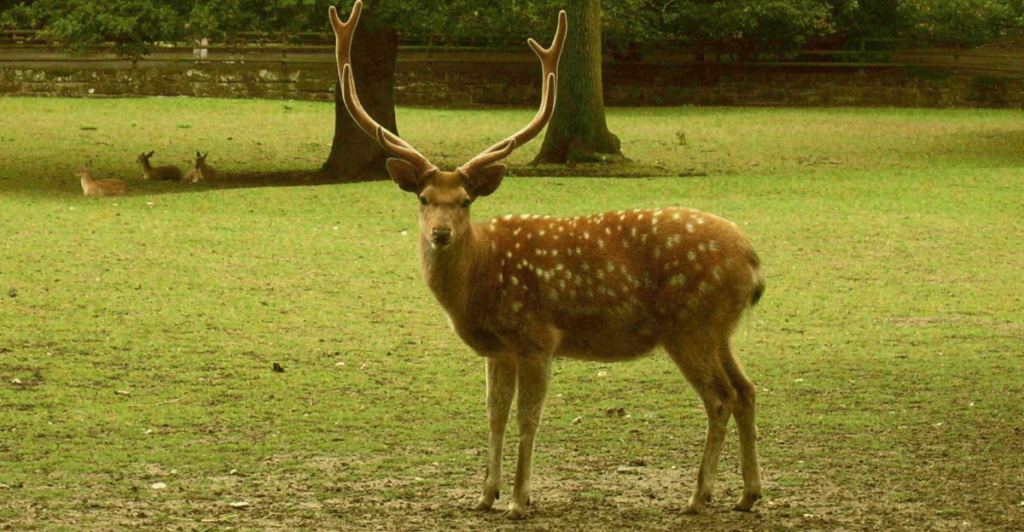
At a time when humans are searching for sustainable alternatives to plastic and foam, jackdaws quietly demonstrate a solution. Deer fur is not only naturally insulating—it’s also far more eco-friendly than synthetic materials often used in modern nesting boxes or animal rehabilitation centers.
The jackdaws’ resourceful use of local, seasonal materials aligns with the principles of circular design, where nothing is wasted and every input serves a purpose. This reuse extends beyond simple comfort—it improves nest durability, thermal regulation, and even camouflage.
As industries push toward green innovation, they could take cues from creatures already living a low-impact lifestyle. By building with what’s available, when it’s available, Jackdaws model the kind of regenerative design humans aspire to achieve. It’s biomimicry in its purest, most functional form.
Symbiosis as Strategy: A Lesson in Coexistence
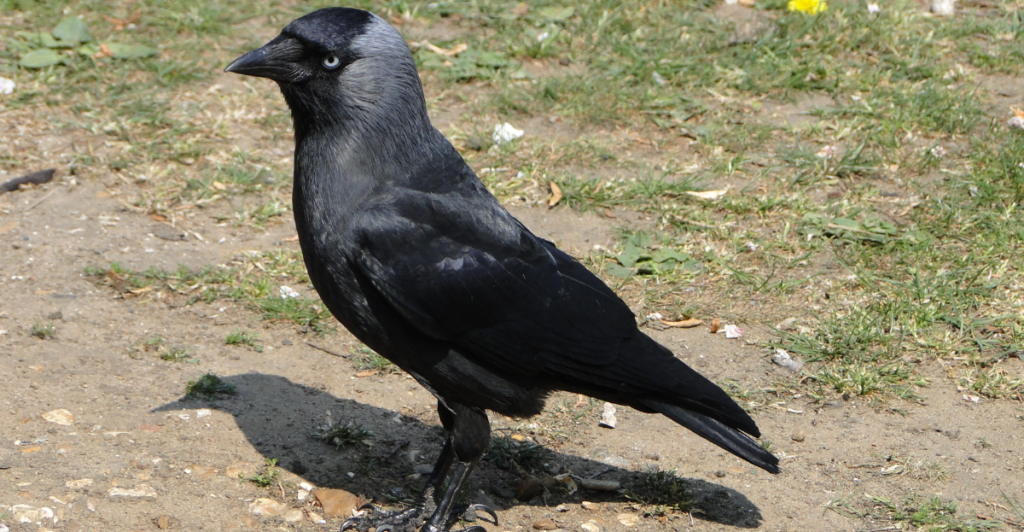
Jackdaws and sika deer don’t just coexist—they collaborate. Their partnership distills nature’s genius into a living framework for mutual benefit. They recycle, adapt, time their interactions, and reinforce trust—not by chance, but through co-evolution.
Their dynamic offers lessons far beyond the forest: from sustainable resource use to interspecies communication, their model mirrors the kind of integrated thinking needed in modern society. In pest control, climate adaptation, or urban planning, mimicking this organic cooperation could lead to breakthroughs.
By studying partnerships like this, we’re not just understanding nature—we’re being handed a blueprint for resilience, efficiency, and coexistence. Sometimes, the best systems don’t need invention—they need observation and appreciation of what already works in the wild.
Explore more of our trending stories and hit Follow to keep them coming to your feed!

Don’t miss out on more stories like this! Hit the Follow button at the top of this article to stay updated with the latest news. Share your thoughts in the comments—we’d love to hear from you!







